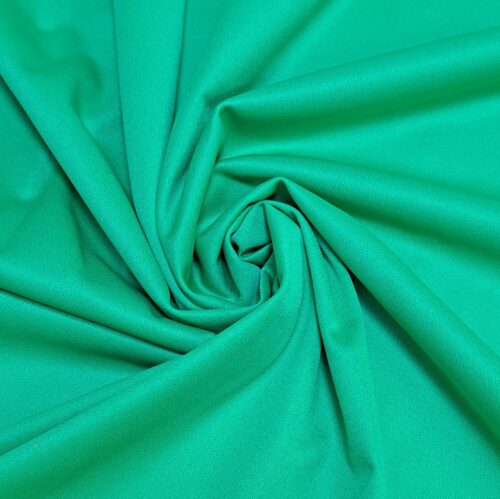Sewing With Waterproof PUL Fabrics
Let’s face it, some of the specialized fabrics most commonly used in cloth nappies are not the easiest to work with – PUL is one of them. But with a few simple tips and tricks, you can easily master working with this fabric and create beautiful waterproof works of art. It certainly is worth mastering, as this fabric will give you the ultimate professional finished product.
What is PUL?
The PU in the name stands for polyurethane. A smooth, stretchy, breathable and waterproof membrane that is bonded to a base fabric to create a waterproof fabric. It is commonly used in cloth nappies, wet bags, cloth menstrual pads and nappy covers. The reason this type of waterproof fabric has become so popular is because of its breathability and softness, making it a more comfortable option than the old plastic covers our parents used back in the day.
Troubleshooting
The difficulty with sewing this fabric usually lies in that is can be thin, slippery, sometimes sticky, and downright finicky. Add to that the fact that you cannot use pins while sewing this fabric (pins poke holes in the waterproofing and will result in the fabric leaking moisture), and it can challenge your patience. But it really isn’t as difficult as it may seem at first if you know a few useful hacks. The following accessories can make sewing PUL easy and fun;
- Ballpoint machine needles
- Good quality polyester thread
- Wonderclips
- Tissue paper
- Walking foot
- Basting spray
Common problems that may occur when sewing with this fabric;
Skipped stitches
Skipped stitches are quite common when sewing polyester knits, which is usually the fabric that the PU layer is attached to. Use a thin sharp ballpoint machine needle and good quality polyester thread. I recommend size 70 Schmetz Jersey Needles, and Seralon or HGH (SABS approved) poyester thread. All these can be found at most fabric stores around South Africa.
Fabric not feeding through
If you are getting tiny stitches, fabric not wanting to feed through evenly, or sticking to the machine foot, you can use the following; teflon coated machine foot, walking foot or tissue paper. A teflon coated foot will prevent the PU membrane from sticking. A walking foot will help feed your layers of fabric through more evenly. If you don’t have anything fancy like that on hand, sew your fabric with a layer of tissue paper on top. After you have sewn your seams, simply tear the tissue paper off the fabric, and you will have beautiful, even seams. Also sew with the laminated (plasticky) side facing down whenever possible.
Slippery layers
PUL can be slippery, and because it is not advisable to use pins in your waterproof fabric, it can be difficult to keep layers together when they are so slippery. Wonderclips to the rescue! These nifty little clips hold layers together without damaging or poking holes through the waterproof membrane. These clips are a great alternative to pins for all other types of fabrics too. Basting spray is another useful tool for keeping layers together. Be sure to get a re-positionable/temporary bond spray suitable for textiles so that you don’t stick your layers together permanently. This can be purchased from most arts and crafts stores. Always test a basting spray on some scrap fabric before using it on your beautiful PUL.
An alternative
If you are a beginner sewist and PUL fabric feels too intimidating, you can try our Waterproof Softshell Fabric instead. This fabric is a little thicker than PUL, but it is super easy to sew with. The PU film is hidden in between two fabric layers.


this is amazing info… where could one buy pul fabric in south africa
Thank you for the info.
Where can I buy the PUL fabric in South Africa? (Pretoria, or online?)
Hi Sonja, we stock PUL fabric, here’s the link https://minimatters.co.za/product-category/fabricmatters/fabrics/breathable-waterproof-fabrics/
Hi were can I buy this I want to make nappies for my son
You can shop via our online store at https://www.minimatters.co.za